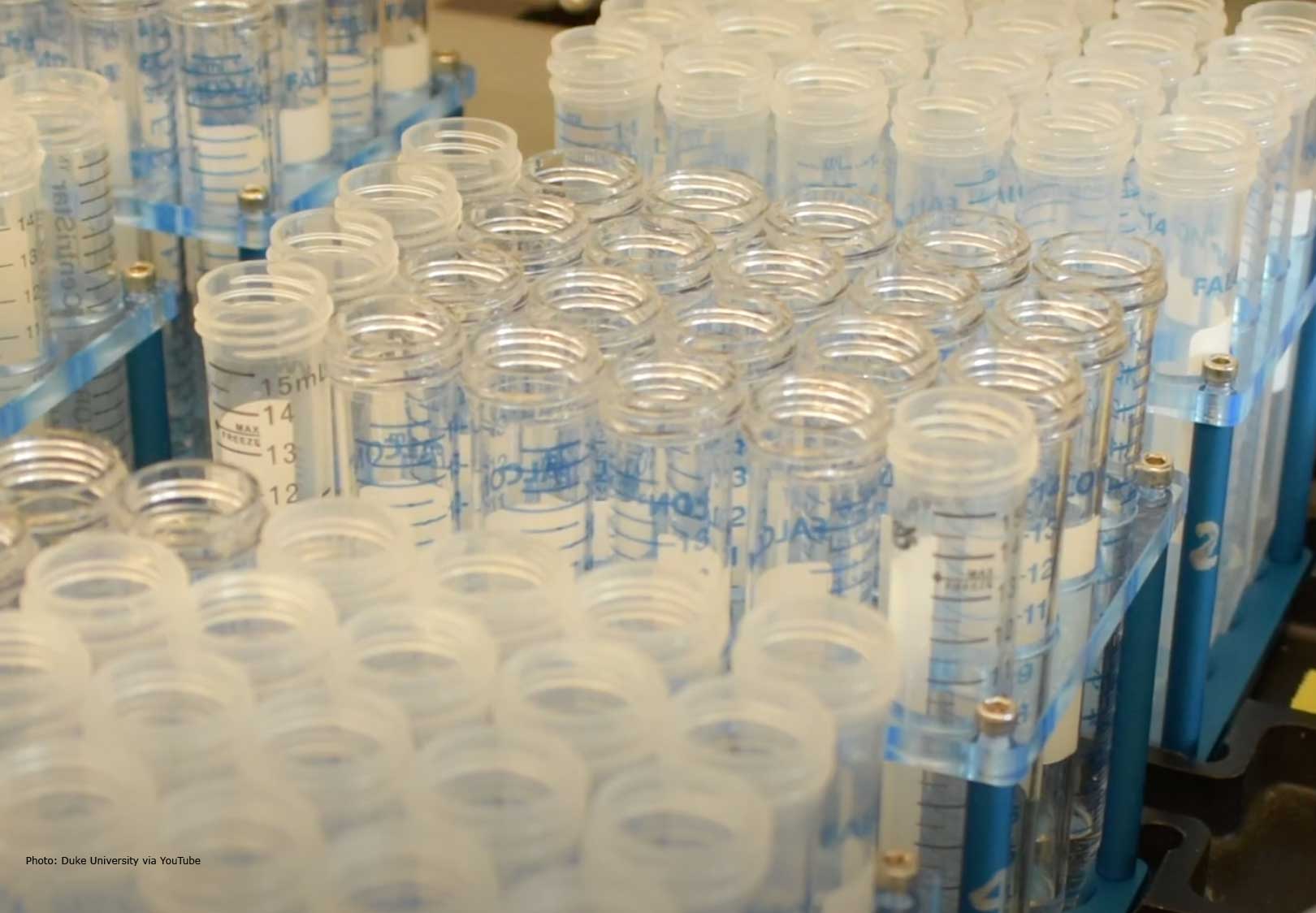Pooled testing may not be the best option for every lab, as clinical laboratories fail to weigh potential negatives of this testing method
The idea of widespread utilization of pooled testing may be gaining traction, but some experts have urged a more balanced analysis of the potential of this technology. Although the benefits of pooled testing are often highly touted, potential negative aspects of pooled testing are sometimes not fully considered.
Binnicker: When Should Specimen Pooling Be Considered?
Pooled testing has recently received significant attention from both clinical laboratories and the general public as a method of performing large volumes of tests while conserving critical testing resources. This testing method has also become a viable option with the US Food and Drug Administration (FDA) now issuing emergency use authorizations(EUAs) for certain pooled testing methods.
One expert urging a more analytical approach to pooled testing is Matthew J. Binnicker, PhD, Director of Clinical Virology at Mayo Clinic. Binnicker’s research focuses on detecting viral pathogens directly from clinical samples and providing results to healthcare professionals in a timely and accurate way. Binnicker is widely regarded as one of the foremost SARS-CoV-2 testing experts in the US.

Binnicker recently published commentary on the “Challenges and Controversies Related to Testing for COVID-19” in the Journal of Clinical Microbiology (JCM). In this article, Binnicker details the factors that should be taken into consideration for clinical laboratories that may be exploring pooled testing. Binnicker concludes his analysis with his perspective on how laboratories should approach pooled testing.
“Specimen pooling represents an option to improve efficiency and reduce costs; however, it should only be considered when the testing demand for an individual laboratory far outstrips the resources available to perform testing on individual samples,” Binnicker wrote. “If specimen pooling is pursued, pool sizes should be kept as small as possible (e.g., ≤5) and automated solutions for sample pipetting and specimen identification used, whenever possible, to reduce the risk of contamination and reporting errors.”
COVID-19 STAT Intelligence Briefings Service spoke with Binnicker to explore his insights and the reasoning he provided in the JCM article. “Because we don’t have unlimited supplies of test reagents, equipment to run the tests on and lab staff to perform the tests, there are a number of different strategies to meet the increased test capacity demand,” Binnicker explained. “Pooled testing is one that’s been discussed.”
Downside of Pooled Testing for SARS-CoV-2 Includes Risk of Error
“One downside to specimen pooling is that when you combine samples together, there’s the possibility that a positive sample may test falsely-negative in a pool, because there’s basically a dilution effect.” Binnicker explained, “If you have a patient with a low amount of the virus in a sample, and then you combine that low-viral load sample with other negative samples, it could basically dilute the virus to a point where the test might call it negative; whereas, if you tested that individual sample by itself, the test may result positive. So one of the biggest concerns of pooled testing is the chance that you could miss people who are truly infected.”
Binnicker acknowledged potential objections to this view. “There are some who would say, ‘Well if they’ve got that low of a virus it may not be clinically significant’, but I just don’t know that we have the confidence or data to show that low infections aren’t clinically significant.”
There are other important considerations for clinical laboratories considering pooled testing. “One of the other downsides of pooling is the manual manipulation of samples that may be required,” Binnicker warned. “When you take samples and put them together into a single tube and then the pool tests positive, you have to go back and retest the samples that made up that pool.”
According to Binnicker, the process of pooling increases the risk of errors. “Every time you introduce a manual process of having to pool samples, you increase the risk of contamination, either of a positive sample contaminating a negative sample, or when we do PCR, it can result in large amounts of the PCR product that may impact the results of other samples, if the necessary precautions are taken,” Binnicker said. “We’re always very cautious about PCR contamination in the laboratories, and when labs are testing thousands of samples per day, it’s a real concern. There are also reporting concerns, where the more samples you test, the higher the likelihood that a lab will have the possibility of a labeling error or a reporting error. Pooling introduces more complexity that can result in increased frequency of those errors.”
Advice for Clinical Laboratories Considering Implementing Pooled Testing
While the risk of errors is an important consideration, Binnicker believes there are ways that clinical laboratories can help reduce this risk. “Pooling can be an option,” Binnicker said, “but you really need to have a sophisticated software program to make sure that the tracking of the samples that consists of a pool is done accurately. Also, reporting should ideally be handled by an automated software system and not by an individual who may be more prone to errors.”
Binnicker does not see pooling as an ideal option for every lab, but he does believe it is helpful in some situations. “I wouldn’t suggest that a lab pursue specimen pooling simply because they can do more with less,” Binnicker said. “Instead, it probably needs to be a consideration if a lab is running 1,000 tests per day, and there is demand for 5,000 or 10,000 tests per day. Then the lab leadership and administration can begin to talk about what does it mean to implement pooling? What are some of the things we need to consider to make sure we can do this accurately with a validation performed to ensure that the potential loss in sensitivity is ‘acceptable’ to the medical leadership?”
Ultimately, Binnicker told STAT COVID-19, “While pooling is something we can talk about and consider in certain select circumstances, it needs to be more the exception than the rule.”
Clinical laboratories that are considering implementing pooled testing options should carefully consider both the positive and negative implications for utilizing this form of testing, weighing whether this option is the best fit for their individual circumstances.

—By Caleb Williams, Editor, COVID-19 STAT
Related Resources:
JCM: Challenges and Controversies Related to Testing for COVID-19






